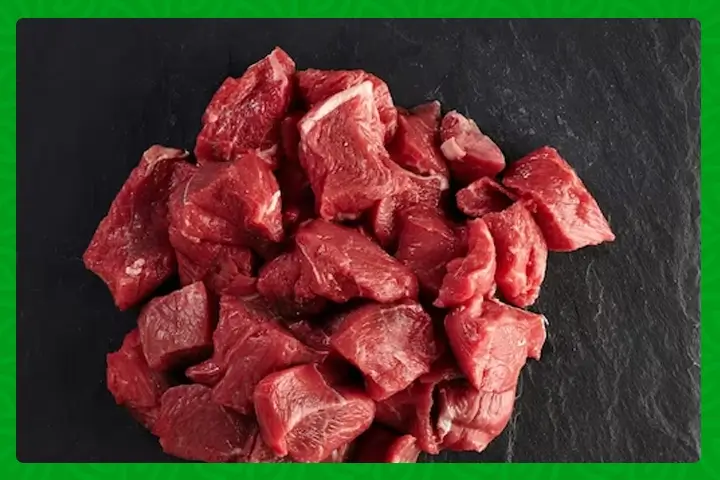
In a surprising twist that challenges the norm, government offices, ministries, agencies (OMAs), retailers, and private sectors north of the Veterinary Cordon Fence (VCF) are forging their own path, defying directives to procure beef products from northern farmers. This intriguing development, unearthed in the latest annual report by the Meat Corporation of Namibia (Meatco), sheds light on a complex interplay of existing supply contracts, regional dynamics, and the quest for quality.
The Defiance and Its Roots
According to Meatco’s annual report, the defiance observed in the north stems from entrenched supply contracts with southern suppliers. The directive, initially issued by former finance minister Calle Schlettwein in 2019, urged public and private entities, local authorities, and state-owned businesses to source their beef from northern suppliers. However, the report indicates that some entities in the Northern Communal Areas (NCA) are still bound by existing contracts with suppliers south of the VCF.
Challenges and Unsatisfactory Compliance
The Public Procurement Unit echoed these sentiments earlier this year, reporting unsatisfactory compliance with the directive. Meatco’s assessment underlines the reluctance of OMAs, retailers, and hospitality operators in the NCA to transition to northern suppliers. Despite this, the Association of Abattoirs in the NCA emphasizes the necessity of concerted efforts to prioritize abattoirs in the NCA during government procurement.
Quality Dispute: Fact or Fiction?
Amid claims of differences in product quality, Meatco staunchly refutes these observations. According to the meat giant, products from the Katima Mulilo Abattoir and the Meatco Mobile Slaughter Unit meet the same high standards as those sourced from south of the VCF. This assertion challenges preconceived notions about the quality of beef products originating from different regions.
The Ripple Effect: Demand for Alternative Markets
As a consequence of this defiance, farmers north of the redline are pushing for access to alternative markets, including those south of the redline. Notably, over 44% of beef production from the Katima Mulilo Abattoir is consumed in southern regions, with only 34% sold in northern markets and 22% exported within Africa. The call for access to southern markets is gaining momentum, fueled by a desire to diversify and expand market reach.
Market Dynamics and Regional Export Growth
The Katima Mulilo Abattoir, despite facing challenges with low slaughter numbers due to quarantine restrictions, has emerged as a crucial player in the export market. With products marketed in the Veterinary Cordon Fence (VCF), Angola, Ghana, and the Democratic Republic of Congo (DRC), this abattoir is contributing significantly to regional trade. Notably, the abattoir primarily processes ‘C’-grades (88.8%), ‘B’-grades (10.2%), and ‘AB’-grade animals (about 1%).
Future Prospects and Market Expansion
The NCA recently welcomed another exporting abattoir in Rundu, amplifying the demand for beef, including in the NCA market itself. This signals a positive shift in market dynamics, offering opportunities for increased beef production and trade within and beyond Namibia’s borders.
In conclusion, the defiance displayed by northern OMAs and retailers against beef procurement orders introduces a fascinating dynamic into Namibia’s beef industry. The ongoing debate about quality, coupled with the call for alternative markets, positions the sector for growth and transformation. As regional dynamics evolve, the beef industry in Namibia may witness a paradigm shift, creating new opportunities and challenges for stakeholders.


















